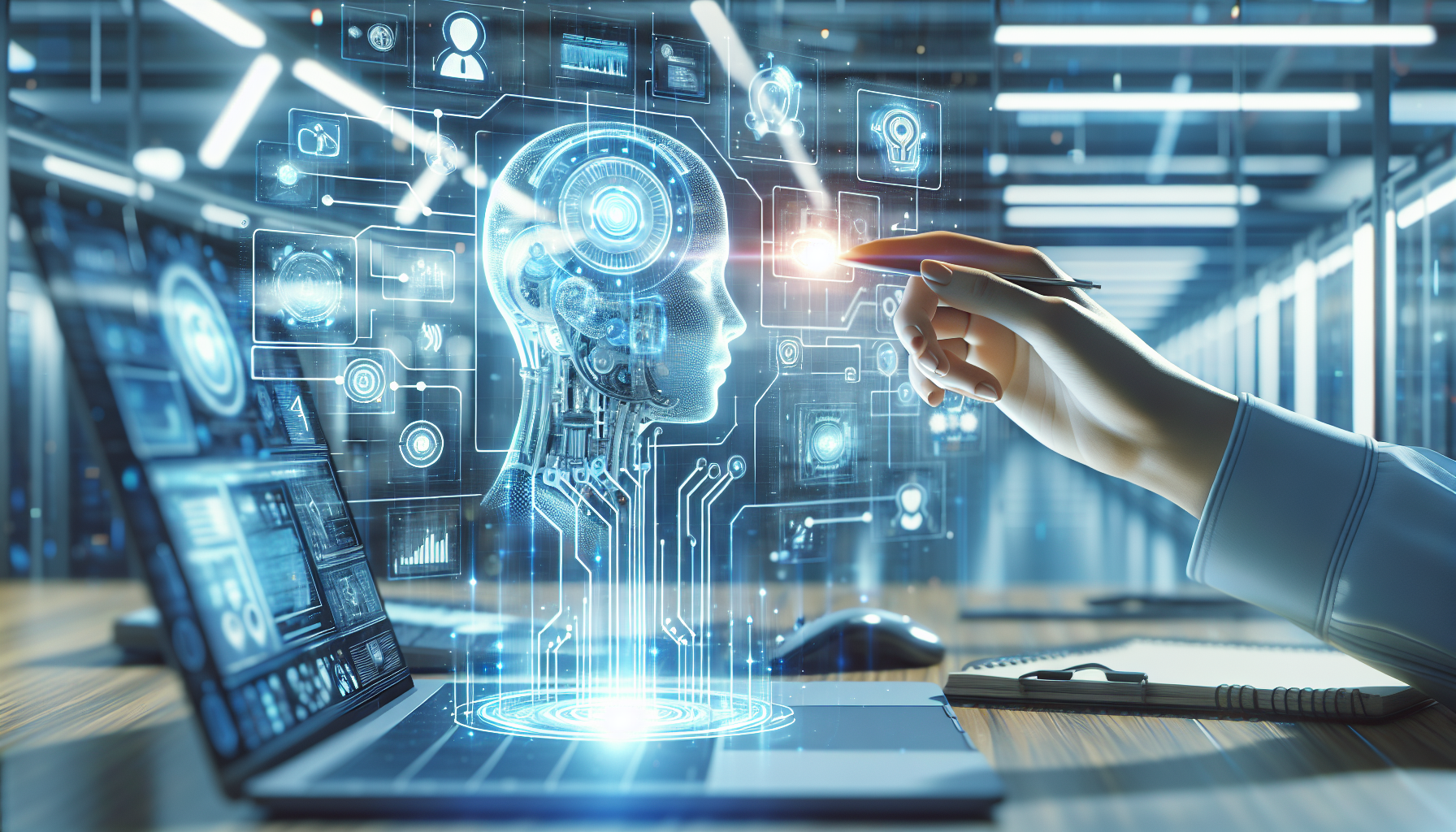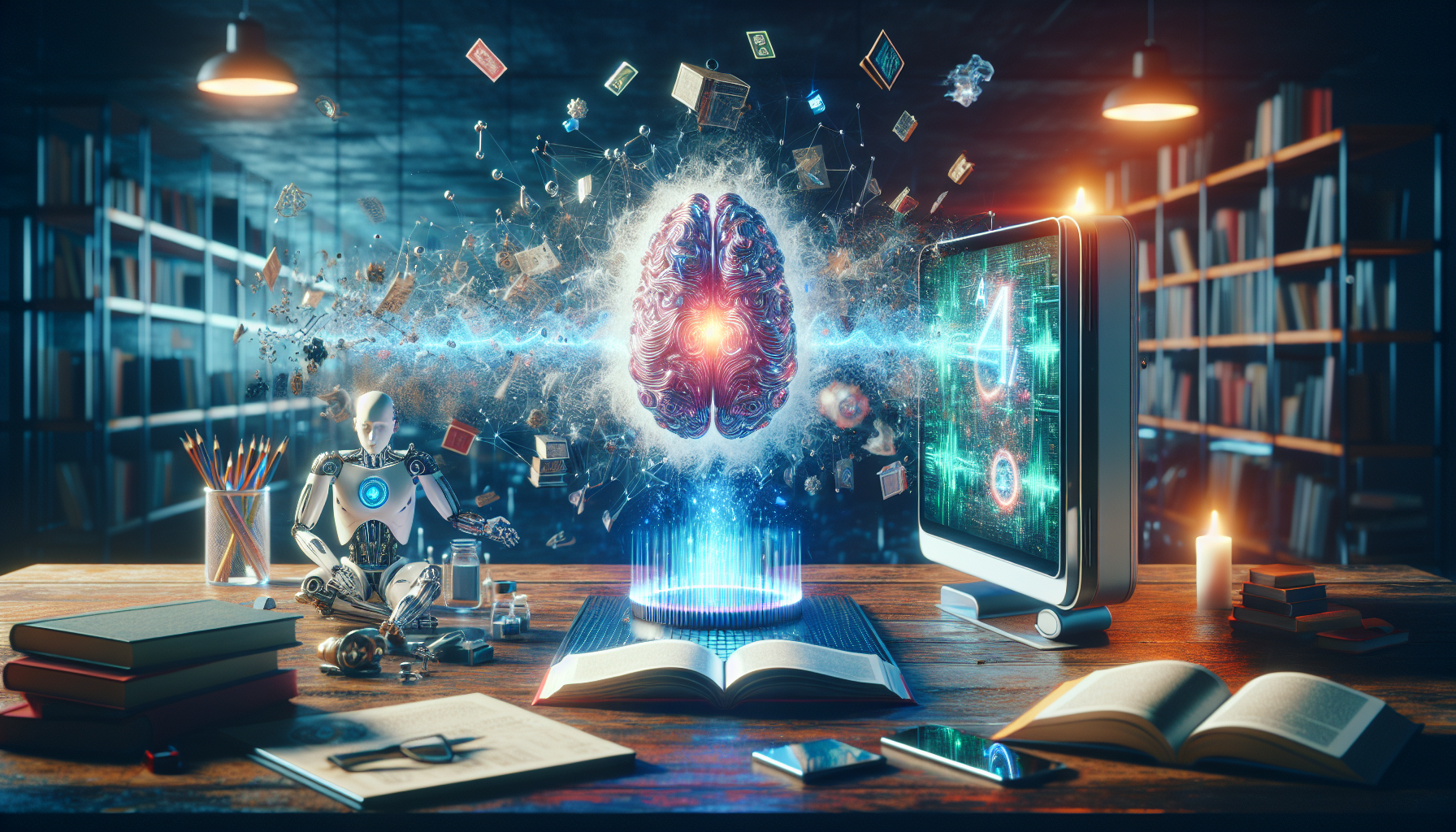
Reinforcement Learning: A Comparative Analysis of Reward-Driven AI Systems
July 20, 2025
Artificial Intelligence has long been at the forefront of technological advancement, with reinforcement learning emerging as a pivotal method in teaching machines through a reward-based paradigm. This approach, distinct from traditional supervised learning, offers a dynamic framework whereby AI systems learn optimal behaviors through interactions with their environment. By examining the nuances of reinforcement learning, one can appreciate its intricate mechanisms and potential applications, as well as its competitive edge over other machine learning methodologies.
At the heart of reinforcement learning is the concept of trial and error, much like the way humans and animals learn from experience. An AI agent, placed in a specific environment, makes decisions based on its current state. These decisions, or actions, are evaluated through a reward function, which provides feedback on the efficacy of the action taken. Over time, the agent seeks to maximize cumulative rewards, thereby learning to navigate its environment more effectively.
Comparatively, reinforcement learning diverges from supervised learning, which relies heavily on labeled datasets. In supervised learning, the machine is provided with input-output pairs, where the desired output is known, allowing the model to learn the mapping between the two. In contrast, reinforcement learning does not require explicit instructions on what constitutes correct behavior. Instead, it relies on the intrinsic feedback loop of rewards and penalties to guide learning, making it particularly well-suited for scenarios where the desired outcome is not immediately apparent.
One of the most compelling aspects of reinforcement learning is its ability to handle complex decision-making tasks. Consider the domain of autonomous vehicles. Here, an AI must continuously make split-second decisions, often in unpredictable environments. Reinforcement learning equips these systems to adapt and optimize their driving strategies by learning from the outcomes of their actions, such as achieving safe navigation or improving energy efficiency. This adaptability stands in stark contrast to more rigid machine learning models, which may struggle with the fluidity and variability inherent in real-world situations.
Further distinguishing reinforcement learning is its applicability in strategic game playing. Notably, reinforcement learning has achieved remarkable success in mastering games like Go and chess, where the sheer number of possible moves and strategies presents a formidable challenge. Unlike traditional algorithms that might rely on predefined rules or exhaustive search methods, reinforcement learning agents develop strategies by playing countless games, fine-tuning their decision-making processes through a reward system. This has led to the development of AI that not only competes with but often surpasses human expertise.
However, the journey toward mastering reinforcement learning is not without its hurdles. One significant challenge is the problem of exploration versus exploitation. An AI agent must balance exploring new actions that might yield greater rewards against exploiting known actions that have previously proven successful. Striking this balance requires sophisticated algorithms that can dynamically adjust strategies based on changing environmental conditions, an area that continues to be a fertile ground for research and innovation.
Another intriguing facet of reinforcement learning is its potential application in robotic control. Robots operating in dynamic and unstructured environments must make rapid decisions based on sensory input, akin to how humans rely on their senses to interact with the world. Reinforcement learning enables robots to develop nuanced control policies that improve over time through interaction and adaptation. This capability promises significant advancements in fields such as healthcare, where robotic assistants could provide support in complex surgical procedures or patient care.
While reinforcement learning offers considerable promise, it is essential to recognize its limitations. Training reinforcement learning models often demands substantial computational resources and time, posing challenges for scalability and practical implementation. Additionally, the reward structures must be carefully designed to ensure that the AI agent aligns its learning with desired outcomes, a process that can be fraught with complexity.
Despite these challenges, the potential of reinforcement learning to drive innovation across various domains remains undeniable. As AI systems become increasingly integrated into daily life, understanding the comparative advantages and limitations of reinforcement learning will be critical for harnessing its full potential. As we continue to explore the depths of AI capabilities, one might ponder whether reinforcement learning will ultimately redefine the boundaries of machine intelligence and human collaboration, opening new avenues for discovery and advancement.


